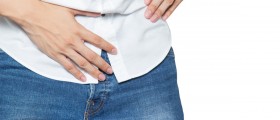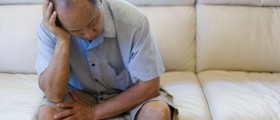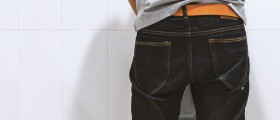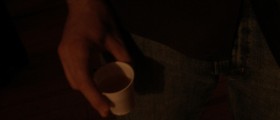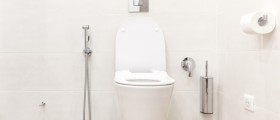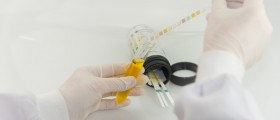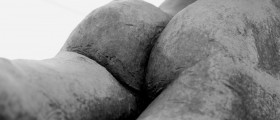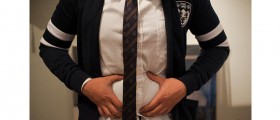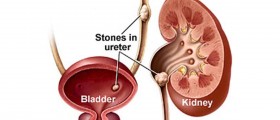I have a single testicle which I didn't find out about until my mid twenties when I had a vasectomy in my late 20's, in my late 30's I had BPH and was put on Hutton, prostrate continued to grow. In my 50's I also had a pelvic kidney and non-strangulated hernia. My prostrate needed a TURP Procedure by 55 and again 63. I'm now 69, have had urinating issues since my 2nd TURP and fear I need another one.
Loading...
Hello, guest.
Having a single testicle shouldn't directly cause BPH or urinary retention. The testicles primarily produce testosterone, and it's dihydrotestosterone (DHT), a metabolite of testosterone, that has been implicated in prostate growth. The relationship between testosterone levels, DHT, and BPH is complex. Some medications for BPH work by reducing DHT levels.
Benign Prostatic Hyperplasia (BPH) and related prostate growth can lead to urinary symptoms. The Transurethral Resection of the Prostate (TURP) procedure is one of the treatments used to alleviate the symptoms of BPH. While TURP can be very effective, like all procedures, it's not without potential complications or the need for repeat procedures.
Following a TURP, some men might experience:
- Retrograde ejaculation: This is where semen flows backward into the bladder instead of out through the penis during ejaculation.
- Urinary incontinence: Difficulty controlling urine.
- Urinary tract infections (UTIs): Due to changes or obstructions in the flow of urine.
- Need for repeat procedures: In some cases, the prostate might continue to grow, or scar tissue might develop, requiring further procedures.
Pelvic kidney refers to a kidney that didn't ascend to its usual position and remains in the pelvis. While a pelvic kidney can function normally, it can sometimes be associated with urinary issues, especially if there are any obstructions.
Hernias can sometimes cause urinary symptoms if they compress or obstruct the urinary tract, but this is less common.
If you're experiencing urinary issues after your second TURP, it's essential to see a urologist. They can conduct tests, such as uroflowmetry (to measure the flow rate of urine), post-void residual urine tests (to see how much urine remains in the bladder after urination), and imaging studies to get a comprehensive understanding of your situation.
Management and treatment will depend on the root causes of your symptoms, and there might be alternative treatments to another TURP, such as medications, minimally invasive procedures, or other surgical options.
Hope this helps.
Loading...


